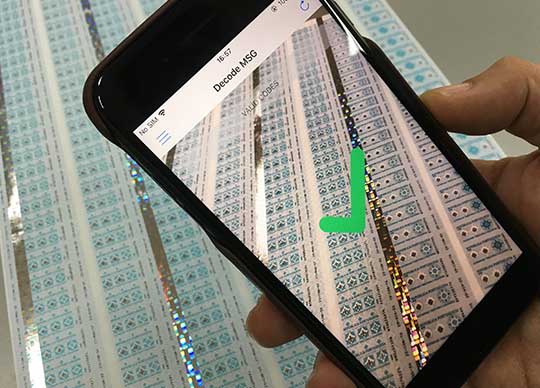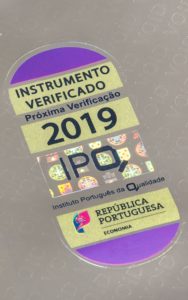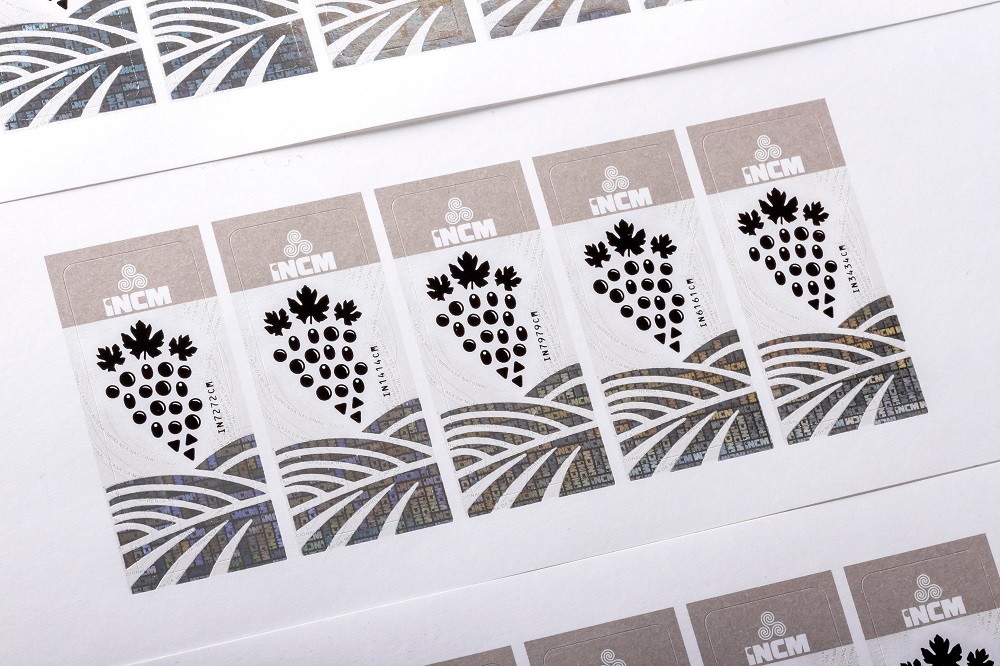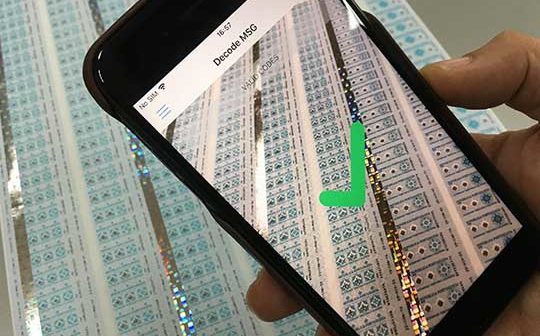
By Dr Paul Dunn, Chair of the International Hologram Manufacturers Association.
Holography has helped to bring smartphone digital interaction in the brand protection and authentication space closer as the security technology discovers new outlets and innovative applications. In turn, this is driving continued expansion as increasing numbers of organisations accept the advantages holograms offer and invest in digital-based interactive solutions for their products to protect against global brand piracy and counterfeiters.
In particular, we are seeing myriad opportunities appearing for brand protection and anti-counterfeiting through hologram validation using computer vision on smartphones; the use of smartphones with integrated cameras has been transformative and image and video content captured on these devices dominates so much of contemporary life through social media, entertainment, recognition and validation. So called ‘computer vision’ has become both ubiquitous and familiar; a powerful tool for the validation and recognition of holograms.
For example, the consumer can validate the integrity of a holographic tax stamp on a wine bottle while a unique identifier links it to an information system (track and trace) which will confirm the authenticity or not of the product. The use of a mobile app in the consumer’s smartphone ‘interrogates’ the hologram and searches for all the embedded security elements by examining the interaction via reflected light.
 VALIDATION
VALIDATION
As a security element, holograms are already powerful devices in their own right, and ‘fake’ holograms – which are cost prohibitive to produce – can be detected because they are usually duller than, or lack the complexity and fine details of, bonafide ones, allowing inspectors and consumers to distinguish the real from counterfeit very quickly.
But this presupposes that people – in particular consumers – know what they are looking for in the first place. Too often, they don’t. Added to this, whilst the visual properties of holograms are intended as a first line defence for the public, they frequently incorporate hidden features for inspectors (e.g., customs officials) which require special readers. Although not necessarily costly, such readers need to be put in the hands of those inspectors, which can be logistically problematic.
This is where holograms using computer vision come into their own, providing all the advantages of physical digital protection through ubiquitous smartphone readers for authentication, supply chain track and trace, grey market monitoring. They can also be used as an integral part of an enhanced, upgraded warranty management scheme and product return programmes to inspire stronger consumer confidence.
Offering a high level of counterfeit deterrence, a new generation of digital enhanced optical features, which incorporate holographic effects and offer overt, covert and forensic features, herald a step-change in areas in the secure document industry and other areas in the coming few years. For instance, the Portuguese mint and official printing office INCMLAB’s UNIQODE project has led to a new encoding technology generated by and embedded into holograms that can be verified by online and offline mobile devices, preventing product adulteration and facilitating traceability.
Highly flexible, this is an effective machine-readable information system used to check and quickly validate security documents which also has wider brand protection applications in the consumer market place. UNIQODE incorporates a security hologram that encodes unique and irreproducible layers of optical features. By being accessible to its users, it also allows the consumer to help brands and authorities in the fight against counterfeiting, further promoting confidence in the market.

It’s possible to use authentication technology to support the way to certify people who have immunity against the virus. In an interesting development, OpSec has a track and trace product to link a COVID-19 test result or vaccination, which carries a unique identifier, with a code on a government grade holographic smart label. This can be attached to a person’s passport or other identity document and then be verified by, for example, passport control officials using a simple smartphone app.
It remains appropriate that as holography continues to find ever new and different ways to embrace digital interaction, the technology itself remains undimmed – a highly secure element suitable for visual identities for brand protection, protecting against counterfeiting and securing tax revenues as part of tax stamp track and trace programmes.
But the use of smartphones takes it to a new level, combining those virtues with the ability to supplement visual protection with a raft of new opportunities for digital protection and product management.






